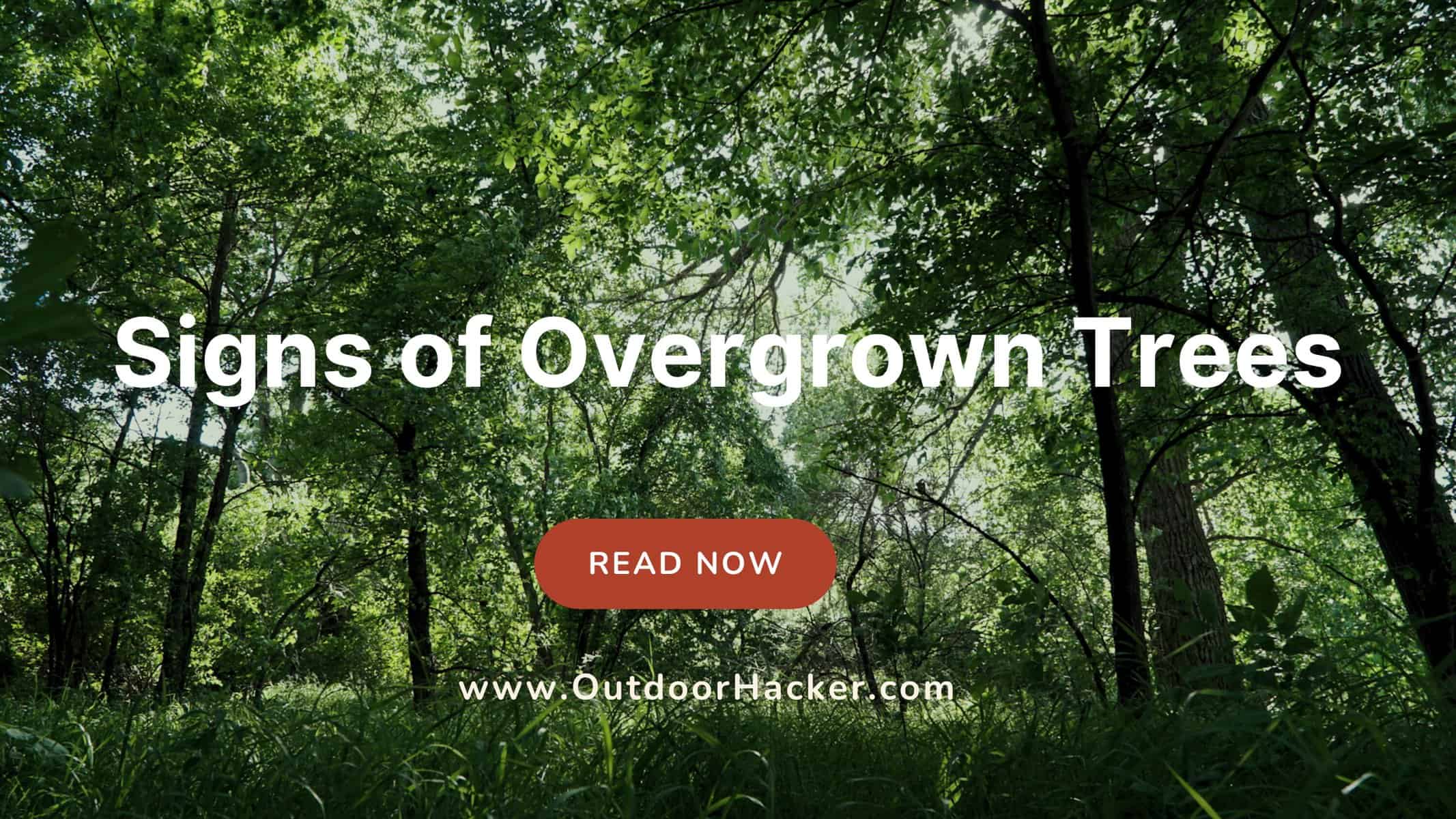Wildfires are devastating to the environment, animal habitats and communities. They can consume large swaths of vegetation, with lasting effects on immediate and distant areas. Knowing the early warning signs of wildfires can help keep your family safe during emergencies. Here’s how to spot wildfires and help keep them from spreading.
Table Of Contents
Harmful Wildfire Smoke Symptoms:

1. Warnings and Alerts
Government agencies like the Federal Emergency Management Agency and National Weather Service issue wildfire warnings in risky areas when they detect early signs of wildfires. Download the necessary apps or sign up for community alerts to be aware of any changes in the environment near you or burn restrictions that aim to contain wildfires and other potential fire hazards.
Warnings and alert systems give you a headstart in preparation for risky situations and possible emergencies.
2. Strong Winds
One of the best way to get to know the Wildfire Smoke Symptoms, are by Stay alert whenever you hear howling winds during the hotter months. Strong winds can help spread fires quickly by blowing embers and carrying burning debris over long distances, especially in dry grasslands and forests. Fires can quickly jump over roads and other barriers in windy conditions, making fire prevention and containment more challenging for the authorities.
Secure all flammable materials in your home when you experience strong winds. Lash down tarps, wood planks and other potential fuel sources. Keep spare fuel tanks secure and away from flame sources. Removing all potentially flammable substances from windy areas around your home gives you a better chance of preventing fires from happening in your own backyard.
3. Lightning Strikes
Nature is unpredictable — it always has been that way and will continue to be. Dry forests and patches of land are easy to ignite, and all it takes is one lightning strike to create a massive wildfire.
Look out for lightning during storms and monitor glows in the distance. Report any sightings to the authorities so they can investigate and put out the fire source. Lightning strikes may be unpredictable, but watching out for open flames caused by them can help prevent small bushfires from growing into full-scale wildfires.
4. Drought and Humidity
Drought warnings are an excellent way to predict and prevent wildfires. Forests experiencing less rainfall throughout the year are more prone to fires — droughts paired with humid conditions impact fuel flammability, transforming small fires into full-scale emergencies.

Prolonged drought can cause natural underground water reserves to dry up, exacerbating potential wildfire conditions. The drier the atmosphere gets, the easier it is for fires to start and spread, especially in crop areas and locations with substantial vegetation. Monitor your surroundings for signs of drought and take preventative measures like watering dry patches to aid fire prevention measures. Because this how does a forest fire start.
Be on the lookout for drought advisories, and stay prepared by stocking up on supplies if and when you need to evacuate. Leave your schedule open for clearing potential fuel sources like dead trees, dried branches and leaves surrounding your property to help prevent the spread of rogue fires.
5. Open Flames
Open flames are one of the most telltale signs of wildfires. A small bushfire can grow into a massive blaze that consumes thousands of acres of land and vegetation, so look for glowing spots in the open and locate the source. When you do, assess if you can put it out with a garden hose or buckets of water.
Fires can continue even under damp earth or piles of branches or leaves. Be a responsible citizen and report any open flame sightings to the authorities — they’re better equipped to respond to fire situations than anyone. It’s easier to put out forest fires with early detection.
6. Smoke and Unusual Smell
Remembering the saying “Where there’s smoke, there’s fire” is essential to catching wildfires early. Contact the authorities whenever you spot an incident involving smoke and dried vegetation. If you detect an unusual smell in the air — like fuel and burning wood — call the fire department so they can investigate. Prevention is better than cure in wildfire situations, and an acute sense of sight and smell can help you stay alert.

Many wildfires start from small embers and improperly contained campfires. While they may seem harmless or exhibit no signs of burning, they can grow when you least expect them. Report smoky odors, haze or plumes of smoke. The authorities need help to protect lives, property and the environment from damaging wildfires.
7. Crackling Sounds
Relying on sight and smell gives you a significant advantage in spotting wildfires in the distance or nearby. However, hearing is also essential in protecting your family and property. Crackling sounds or roaring flames indicate ongoing fires — you should remain vigilant when you hear them. Report any incidents to your local fire department and emergency services to help them locate the source quicker.
Firecrackers and fireworks also produce distinctive sounds when they go off. Be aware of your surroundings and monitor any fireworks activity so you can spot resulting fires and react to them quicker. It’s your responsibility to safeguard your home from fire hazards.
8. Risky Activity
Aside from environmental factors, human behaviour significantly impacts the spread of wildfires across the country, and not always in the ways you expect. The main culprits are often irresponsible acts like leaving campfires unattended and throwing flammable materials into dry brush. Even small actions can have devastating consequences. Glass litter has been known to refract sunlight and ignite dried grass or plants, causing wildfires from something as simple as a discarded bottle.
Risky human activities can lead to loss of life, damage to property and significant destruction of the environment. Avoid lighting fires even in your own backyard when there’s dry weather and fire warnings are in place. Choose to reschedule outdoor activities involving open flames during dry seasons even when you know how to contain the flames responsibly. Every bit helps in fire prevention.
Strong winds can pick up rogue embers and scatter them across vast distances. Be responsible enough to contain any fire you start and avoid attempting to create campfires in protected areas. Report open flames and risky activities to the authorities to help stem wildfire causes. Doing your part will significantly reduce the risks in your household and community.
How to stay safe from wildfire smoke?

Before Wildfire:
- Create Defensible Space and Select Fire-Resistant Materials [for roof and siding materials, fireproof insulation should also be utilized],
- Gather an Emergency Kit [and for food, water, medications, and important documents.].
- Evacuation Plan: Devise an evacuation plan and practice it with your family. Stay Informed: Sign Up Now for Local Alerts Regarding Wildfires!
During Wildfire
- As soon as a wildfire threatens, evacuation should begin immediately, and early action should be taken by leaving early rather than waiting until required by authorities to leave.
- Utilise Evacuation Routes as Recommended: Consult emergency services regarding suitable routes that don’t pass close by the wildfire for your evacuation route and consider alternatives which might cause more danger during evacuation.
- Protect Your Lungs: Wear a mask to filter out harmful particles in the air and stay updated by keeping a radio or smartphone tuned into news about wildfire progress as well as emergency instructions.
After a Wildfire
- Check Property Safely: Only return home once authorities give permission, being wary of hot spots and ash pits.
- Inspect Utilities for Damage: Be wary when inspecting utility systems as damaged ones could present severe danger; do not attempt to turn them on themselves at this stage if damaged.
- Document Damages and Seek Assistance Take pictures of property damages for insurance purposes; contact both your insurer and local disaster relief services for help if needed.
Long-Term Health Impacts of Wildfire
- Long-term excess of wildfire smoke exposure and respiratory diseases: Chronic bronchitis, emphysema, and chronic obstructive pulmonary disease (COPD) have been linked to long-term wildfire smoke exposure.
- Cardiovascular Health: Long-term smoke exposure is linked to heart attacks, arrhythmias and stroke, especially in people with preexisting cardiovascular disease.
- Decreased Lung Function: Exposure to wildfire smoke over time can create more difficulty breathing and increase the risk of respiratory illnesses because of reduced lung function.
- Chronic Health Issues: People exposed to toxic heavy doses of wildfire smoke over multiple years are at increased risk of chronic health conditions, including asthma, allergies and respiratory sequelae.
- Psychological Scars: Exposure to wildfire smoke may lead to lasting adverse changes to our mental health, including the potential for stress-induced anxiety or post-traumatic stress disorder (PTSD) symptoms or underlying illnesses like anxiety disorders or post-traumatic stress disorder (PTSD).
Wildfire Prevention Is Everyone’s Responsibility
Protecting the environment is everyone’s responsibility — so is wildfire prevention. Staying alert and knowing the early signs of wildfires can help you safeguard your family and property from the many dangers of wildfires, regardless of cause.
For Wildfire Support and Emergency resources, check this page :
https://www.vitalworklife.com/wildfire-support-and-resources





















